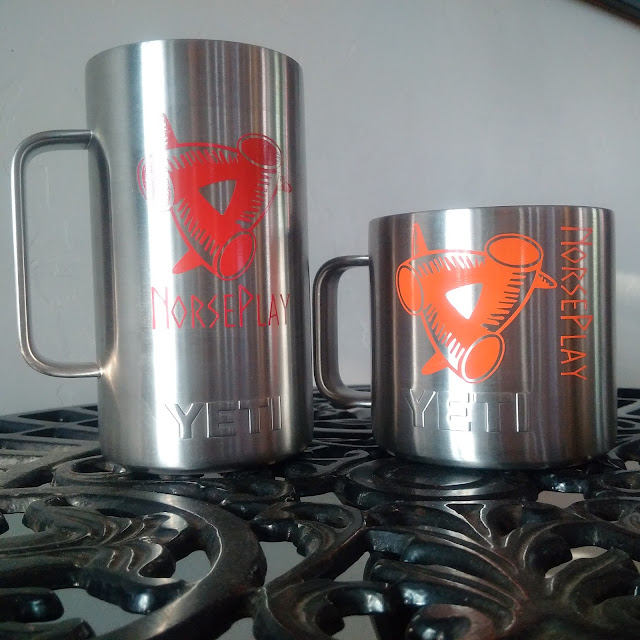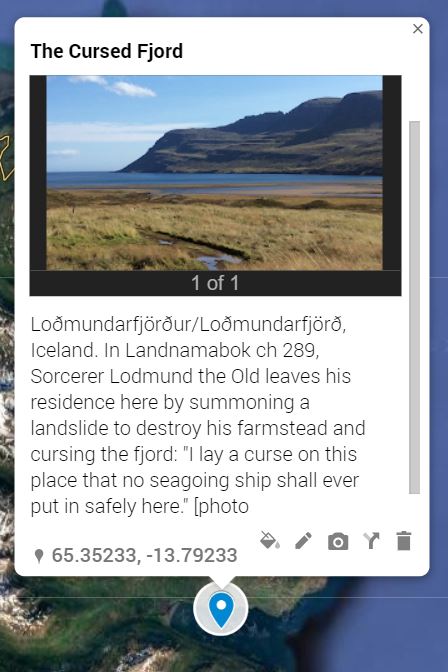NorsePlay in a cup.

We've NorsePlay'd our badarse Yeti drinkware with some sweet new cutout stickers from Beloved Viking Vinyl. Represent ! [our vinyl sticker design's available on request from Amy Dunloe at BelovedVikingVinyl on Etsy. Get your NorsePlay on whatever you want!] # # # Guillermo Maytorena IV knew there was something special in the Norse Lore when he picked up a copy of the d'Aulaires' Norse Gods and Giants at age seven. Since t hen he's been fascinated by the truthful potency of Norse Mythology, passionately read & studied, embraced Ásatrú, launched the Map of Midgard project, and spearheaded the neologism/brand NorsePlay. If you have e mployment/ opportunities in investigative mythology, field research, or product development to offer, do contact him .
